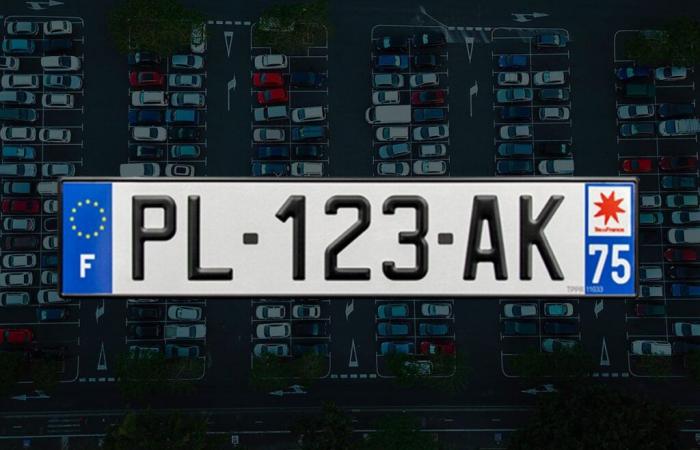The phenomenon of hiding license plates on car parks is gaining momentum in France. This practice, although illegal, raises many questions about its origin and its consequences. Let’s dive into the details of this trend that has authorities and parking managers concerned.
Origin and motivation of plate camouflage
The main reason for this behavior is the desire toevade automated controls parking. Motorists seek to deceive the LAPI (Automated License Plate Reading) system, used to check how long vehicles have been parked. This device, similar to the new discreet radars on the roads, is based on cameras embedded in dedicated vehicles.
Drivers exploit a flaw in the system: the operator of the ANPR vehicle is not authorized to get out to remove objects obscuring the plates. This limitation provides an opportunity for fraudsters to avoid parking fines.
Here is a list of commonly used methods to conceal plaques:
- Tarpaulins
- Sheets
- Cartons
- Adhesive tapes
- Miscellaneous objects
Risks and legal consequences
Although this tip may seem ingenious, it is not without risk. Hiding your license plate is an offense liable to a fine of 135 euros. Authorities take this practice seriously because it interferes with the proper functioning of parking enforcement and can facilitate other violations.
It is essential to note that while vehicles equipped with the LAPI system are limited in their actions, this is not the case for Public Road Surveillance Agents (ASVP). The latter have complete freedom to remove manually the objects concealing the plates and fine the offenders.
The following table summarizes the risks incurred:
| Infraction | Sanction |
|---|---|
| Hidden license plate | €135 fine |
| Illegible plate | Up to €135 fine |
Impact on parking management
This trend towards plate camouflage has significant repercussions on the efficient management of parking spaces. Municipalities and parking operators must adapt their strategies to face this challenge. The automation of control, supposed to streamline vehicle rotation and optimize the use of spaces, is compromised by these practices.
The consequences of this phenomenon are multiple:
- Loss of income for communities
- Increase in illegal parking time
- Increased difficulty in finding available places
- Need to strengthen human controls
This situation is reminiscent of the challenges posed by the doublet scam, where identity theft via number plates causes harm to honest motorists.
Towards an evolution of control systems
Faced with the resurgence of these practices, the authorities and manufacturers of control systems are considering solutions. innovative solutions. The objective is to effectively counter the camouflage of plates while respecting the legal framework.
Among the avenues considered:
- Development of more sophisticated presence sensors
- Using artificial intelligence to detect anomalies
- Strengthening ASVP patrols
- Public awareness of the risks involved
These developments are part of a broader context of modernization of road control systems, with the appearance of new offenses punishable by speed cameras.
The phenomenon of camouflage of license plates in parking lots illustrates the tension permanente between the automation of controls and the ingenuity of fraudsters. Although this practice may seem like a clever solution to some motorists, it remains illegal and risky. Parking authorities and managers now face the challenge of adapting their methods to ensure effective and fair control of urban parking.






